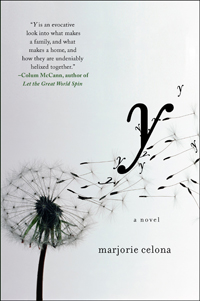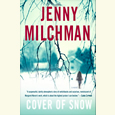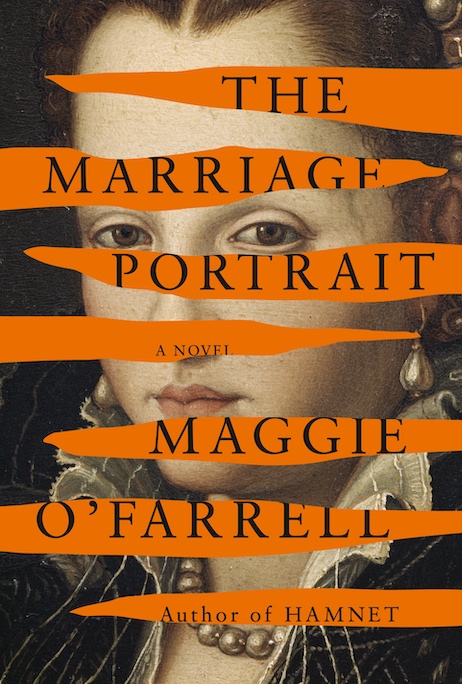The Question We Ask Over And Over
With Y, debut novelist Marjorie Celona offers a vivid account of a foundling’s journey
Marjorie Celona’s debut novel, Y began as an award-winning short story, selected by Rick Moody for the 2005 Indiana Review Fiction Prize and later anthologized in Best American Non-Required Reading 2007 and Best Canadian Stories 2007. The story, like the novel, focuses on Shannon, an infant abandoned on the steps of the YMCA in Victoria, B.C., and her awkward journey into adolescence. The novel’s prologue is a poetic meditation on the meaning of the letter most commonly used to describe the institution where Shannon is abandoned: “That perfect letter. The wishbone, fork in the road, empty wineglass,” the prologue begins. “The question we ask over and over.”
 The questions kept coming, and not just for Shannon but for Celona as well. “At some point, I realized that I was really curious,” Celona told The Globe and Mail, a Canadian newspaper, in a recent interview. “I didn’t know who Shannon’s mom was and I didn’t know why she abandoned Shannon.” Consequently, Celona wrote an extended version of the story which also follows the symmetry of the letter ‘Y.’ The novel veers back and forth in time between the story of Shannon and that of her mother, Yula, as they converge toward the point at which they were originally divided, when an eccentric but well-meaning man named Vaughan sees Yula leaving Shannon in a dirty grey sweatshirt on the steps of the YMCA. For reasons not even he comprehends, Vaughan gives the police an inaccurate description that allows Yula to disappear from Shannon’s life almost completely, until, finally, as a teenager, Shannon is driven to find her.
The questions kept coming, and not just for Shannon but for Celona as well. “At some point, I realized that I was really curious,” Celona told The Globe and Mail, a Canadian newspaper, in a recent interview. “I didn’t know who Shannon’s mom was and I didn’t know why she abandoned Shannon.” Consequently, Celona wrote an extended version of the story which also follows the symmetry of the letter ‘Y.’ The novel veers back and forth in time between the story of Shannon and that of her mother, Yula, as they converge toward the point at which they were originally divided, when an eccentric but well-meaning man named Vaughan sees Yula leaving Shannon in a dirty grey sweatshirt on the steps of the YMCA. For reasons not even he comprehends, Vaughan gives the police an inaccurate description that allows Yula to disappear from Shannon’s life almost completely, until, finally, as a teenager, Shannon is driven to find her.
Y was originally published in Canada, to considerable acclaim. The novel was on the longlist for the 2012 Giller Prize, Canada’s most lucrative and widely recognized literary award. It sold well and has garnered a long list of positive reviews from both critics and fellow novelists. Though the central questions of the novel offer some suspense, Y is essentially a character study, primarily of the foundling Shannon but also of Yula, whose story is narrated by Shannon. The question of whether the two find their way back to each other is made clear from the outset; the tension arises from the subtle evolution of character and the improbable but nevertheless believable manner in which they are reunited. The chapters alternate between characters, with Shannon vividly describing the traumatic details of both her own misbegotten life and that of her mother’s.
Along the way, Shannon endures the predictably disturbing atrocities too often experienced by children left to the whims of the child-protection system. She passes through several foster homes—including that of the particularly monstrous Julian, who reappears several times even after Shannon is rescued from him—before landing with a kindhearted eccentric, Miranda, and her vaguely malevolent but ultimately endearing daughter, Lydia-Rose. Regardless, Shannon still suffers the foster child’s sense of displacement, rebelling through sex, drugs, and self-mutilation. Simultaneously, she describes Yula’s pastoral life outside of Victoria, an Edenic environment that stands in stark contrast to her own cold, gray world of glass and steel. Of course, every Eden has its serpents, in this case, the typical demons of substance abuse and heedless, reckless men.
 Though the novel is ingeniously structured, and Celona’s prose style is lyrical, even dreamlike, Y is bluntly and strictly realistic, calling to mind the literary realism of the late-nineteenth century. Celona cites Alice Munro and Raymond Carver as influences, but Y often bears a closer resemblance to Social Darwinist novels like Stephen Crane’s Maggie: A Girl of the Streets or the Naturalist novels of Emile Zola. The first-person-present narration—maintained both in Shannon’s own life story and in her rendition of Yula’s—further emphasizes Celona’s insistence on immediacy and verisimilitude. “We get what we’re given. Nothing more, nothing less,” she writes, and this terse, stoic observation captures her ethos as a storyteller.
Though the novel is ingeniously structured, and Celona’s prose style is lyrical, even dreamlike, Y is bluntly and strictly realistic, calling to mind the literary realism of the late-nineteenth century. Celona cites Alice Munro and Raymond Carver as influences, but Y often bears a closer resemblance to Social Darwinist novels like Stephen Crane’s Maggie: A Girl of the Streets or the Naturalist novels of Emile Zola. The first-person-present narration—maintained both in Shannon’s own life story and in her rendition of Yula’s—further emphasizes Celona’s insistence on immediacy and verisimilitude. “We get what we’re given. Nothing more, nothing less,” she writes, and this terse, stoic observation captures her ethos as a storyteller.
Y stays faithful to the frequently tragic, touching, and persistently believable arc of a pair of lives thwarted by the conditions of heredity and environment. At times, the story reads more like a work of nonfiction than a novel—Celona spent considerable time researching the lives of orphaned children in foster care—and her chief aim seems to be the lyrical evocation of lives thwarted by misfortune. The triumph of the tale comes in the deeply imagined and realized voice of Shannon, whose extraordinarily plucky and mature perspective suggests that she will live long and prosper, in spite of what she has endured. Celona demonstrates remarkable subtlety in rendering characters that are deeply flawed but nevertheless endearing for their complexity. As horrifying as their bad choices may be, Celona’s patient evocation of their circumstances persuasively answers the big question—Why?—again and again.
Marjorie Celona will discuss Y at Parnassus Books on January 24 at 6:30 p.m.


